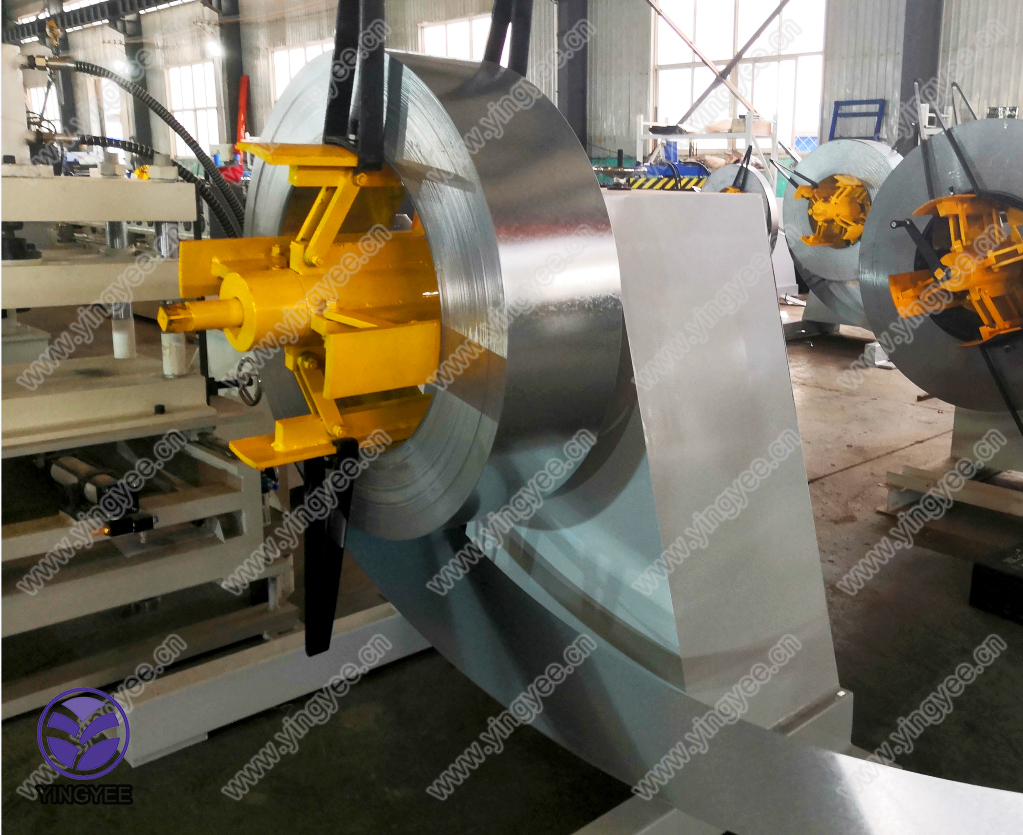
Understanding Light Steel Roll Forming Machines A Comprehensive Overview
In the realm of modern construction and manufacturing, light steel roll forming machines play a pivotal role in producing various profiles essential for structural integrity and design. These versatile machines are designed to process metal sheets and transform them into shaped steel components with precision and efficiency. This article delves into the advantages, applications, and operational aspects of light steel roll forming machines.
What Are Light Steel Roll Forming Machines?
Light steel roll forming machines are specialized equipment that convert flat steel sheets into specific shapes by passing them through a series of rollers. These machines operate through a continuous process where the metal is gradually shaped into desired profiles, such as C-channels, Z-sections, and U-profiles. The process generally involves feeding steel coils into the machine, where they are successively shaped and cut to length.
Advantages of Using Light Steel
The use of light steel in construction offers numerous benefits
1. Strength-to-Weight Ratio Light steel has a high strength-to-weight ratio, making it ideal for applications where structures need to be robust yet lightweight. This property contributes to the overall efficiency of buildings and reduces the load on foundations.
2. Corrosion Resistance Many light steel components are coated with protective layers, rendering them resistant to corrosion. This quality enhances the durability of the structures and minimizes maintenance costs.
3. Versatility Light steel roll forming machines can produce a wide range of profiles, catering to various construction needs—from residential buildings to commercial structures.
4. Cost Efficiency The quick production capabilities of roll forming machines not only reduce labor costs but also lead to faster project timelines, making them a cost-effective solution for builders and manufacturers.
Applications of Light Steel Roll Forming Machines
Light steel roll forming machines find applications across various sectors, including

- Residential Construction Used to create framing systems, wall panels, and roof trusses, light steel components contribute to the integrity and longevity of homes.
- Commercial Buildings These machines produce structural elements that form the backbone of commercial facilities, such as office buildings, retail spaces, and warehouses.
- Pre-Engineered Buildings The efficiency of roll forming allows for the rapid manufacture of components, which can be pre-fabricated and assembled on-site, thus saving time and labor.
- Automobile Industry The automotive sector utilizes light steel for structural components, helping to improve the safety and performance of vehicles.
Operational Considerations
When operating light steel roll forming machines, several factors must be taken into account
1. Material Preparation The quality of the steel coil directly impacts the final product. It’s essential to ensure that the material meets specified standards and is free from defects.
2. Machine Setup Properly setting up the machine for specific profiles involves adjusting the rollers and cutters. Precision in this step guarantees accurate shaping and cutting.
3. Regular Maintenance Maintaining the roll forming machine is crucial for longevity and operational efficiency. Regular inspections and lubrication help in preventing breakdowns and ensure consistent performance.
4. Safety Protocols Operators must be trained in safety procedures to minimize risks. Utilizing personal protective equipment (PPE) and following machine operation guidelines is essential for a safe working environment.
Conclusion
Light steel roll forming machines represent a crucial technology in modern construction, known for their efficiency, versatility, and cost-effectiveness. As industries continue to evolve, the demand for these machines is likely to grow, driving innovations and improvements in manufacturing processes. With their ability to produce high-quality steel components, light steel roll forming machines are undoubtedly instrumental in shaping the future of construction.